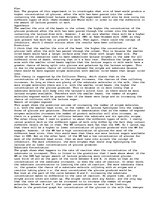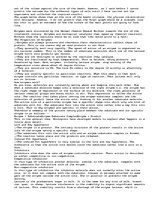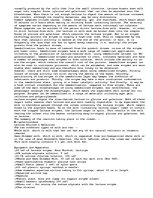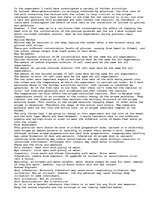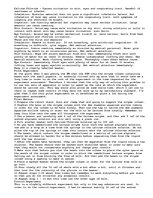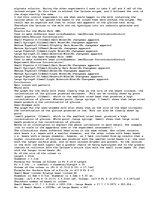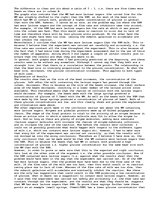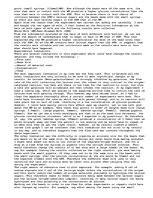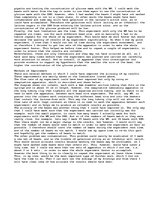Methods of Improvement
There are several methods in which I could have improved the accuracy of my results. These improvements are mainly based on the limitations listed above.
The flow rate of my experiment could have been improved but only by using an imaginative apparatus, which is described and shown below: -
The diagram shows six columns, each with a 4mm diameter airline tubing that fits on the syringe and is about 10 cm in length. However, the imaginative laboratory apparatus is the long tubing clip that tightens all the aquarium airline tubing, and so there is no need to wash the apparatus, between each bead size experiment. The milk, say WM, is poured into the columns each containing the different bead size and into the beakers that contain the lactose-free milk. This way the long tubing clip will not alter the flow rate of milk (kept constant as there is no need to wash the apparatus between each experiment) and so helps me to produce as reliable results as possible.
The accuracy of the beads was another thing that I could have improved on. The only way that I could have made sure that the experiment was carried out correctly was for example, with the small pipette, to count how many beads I actually made for both experiments with the WM and the SSM. And so if the numbers of beads match or they were really close, for example, lets say I made 20 beads with the WM, and 19 beads with SSM. Then there might not be a major change in the results, but however, I would still say that the number of beads would need to match in order to make the experiment as fair as possible. I therefore should count the number of beads during the experiment next time, and if the number of beads do not match, I would use my spare time to re-do this part and hopefully get the numbers of beads to match.
The other problem was contamination. This problem could easily be eradicated if I made a new set of beads, and so the trouble of galactose acting as an inhibitor will vanish. This would secure accurate results because washing the beads may be unreliable, as I might have washed some beads more than others etc. This, however, would have taken a long time, but I could use more than two sets of apparatus in which I did use, i.e. about 3 or 4 sets , in order to make the whole experiment faster to accomplish.
However the best thing to do is clearly to repeat the experiment at least three times. This, in my view, would be the most important type of further work, which I did not have the time to do. Then I can work out the average of my findings and from there I will have clear idea of how accurate the results should have been.
…
